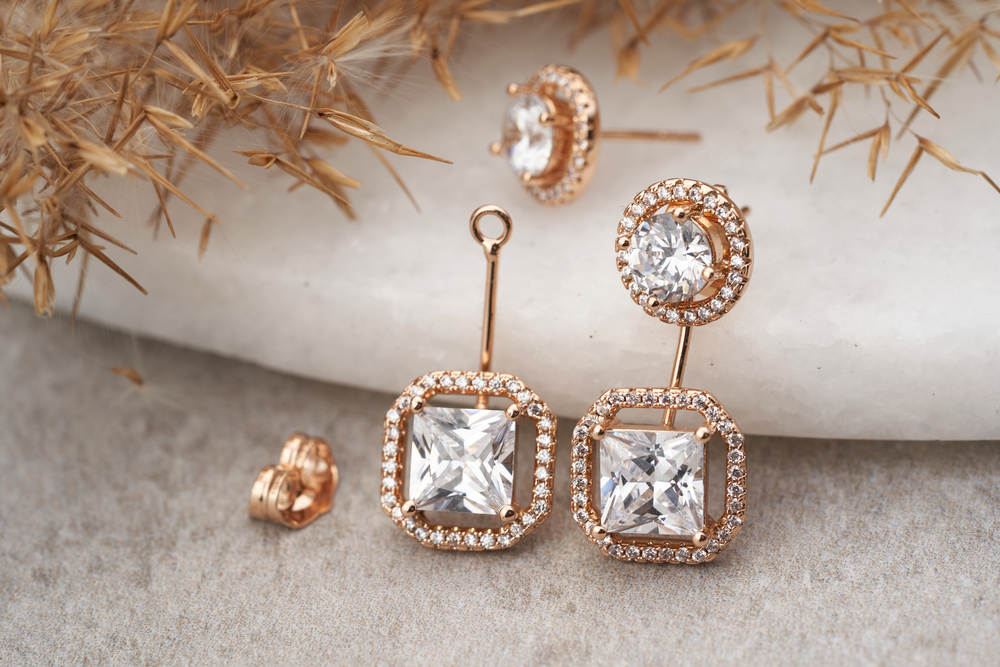
Natural diamonds and lab-grown diamonds have the same appearance. Even at high magnification, the two are essentially indistinguishable. Testing using highly specialized machines is the greatest approach to positively identify man-made diamonds. Magnetic testing can be useful in some cases.
It cannot be stressed that lab-grown diamonds have a look that is visually identical to diamonds mined from the ground. It’s not simply similar, but it’s exactly the same. That’s because stimulants aren’t true diamonds, but lab-grown diamonds are.
Here are some ways to identify lab-grown diamonds from natural diamonds when you shop for engagement rings.
Look At The Inscription
Lab-Grown Diamonds often feature a very little engraving on the girdle of the diamond indicating that it was created in a lab. This is something that cannot be seen without a lot of magnification. The magnification of a conventional jeweler’s loupe is 10x. To see the inscription, you’ll need at least 20x magnification, but more typically 30x magnification. The ‘Girdle’ of a diamond is the broadest section of the diamond. The size of the wording on the inscription will correspond to the size of the girdle. A very thin girdle will have additional small text, necessitating the use of a 30x loupe.
Use A Magnet

A trace quantity of Iron or Nickel can be found in lab-grown diamonds generated using the HPHT technique. They’re stuck in a clump of pin-prick inclusions. These inclusions are occasionally enough to attract a diamond to a magnet.
Try touching the diamond directly with the magnet to see if you can lift it off the surface it’s lying on. Because the magnitude of the attraction is significantly influenced by the location of the metallic inclusions in relation to the magnet, you may have to test the magnet on multiple surfaces around different portions of the diamond before determining how attracted it is. It’s possible that you won’t see an affinity on one side of the diamond because it’s too far away from a little inclusion in the diamond.
Analyze Patterns Of Growth
Diamonds contain a grain, similar to wood, and there are grain patterns that may be examined with appropriate equipment to tell the observer something about how the diamond developed. Over millions of years, earth-grown diamonds grew deep within the ground. Synthetic diamonds can be manufactured in as little as 6 to 10 weeks. It’s no surprise that the graining and growing patterns aren’t identical in both cases.
